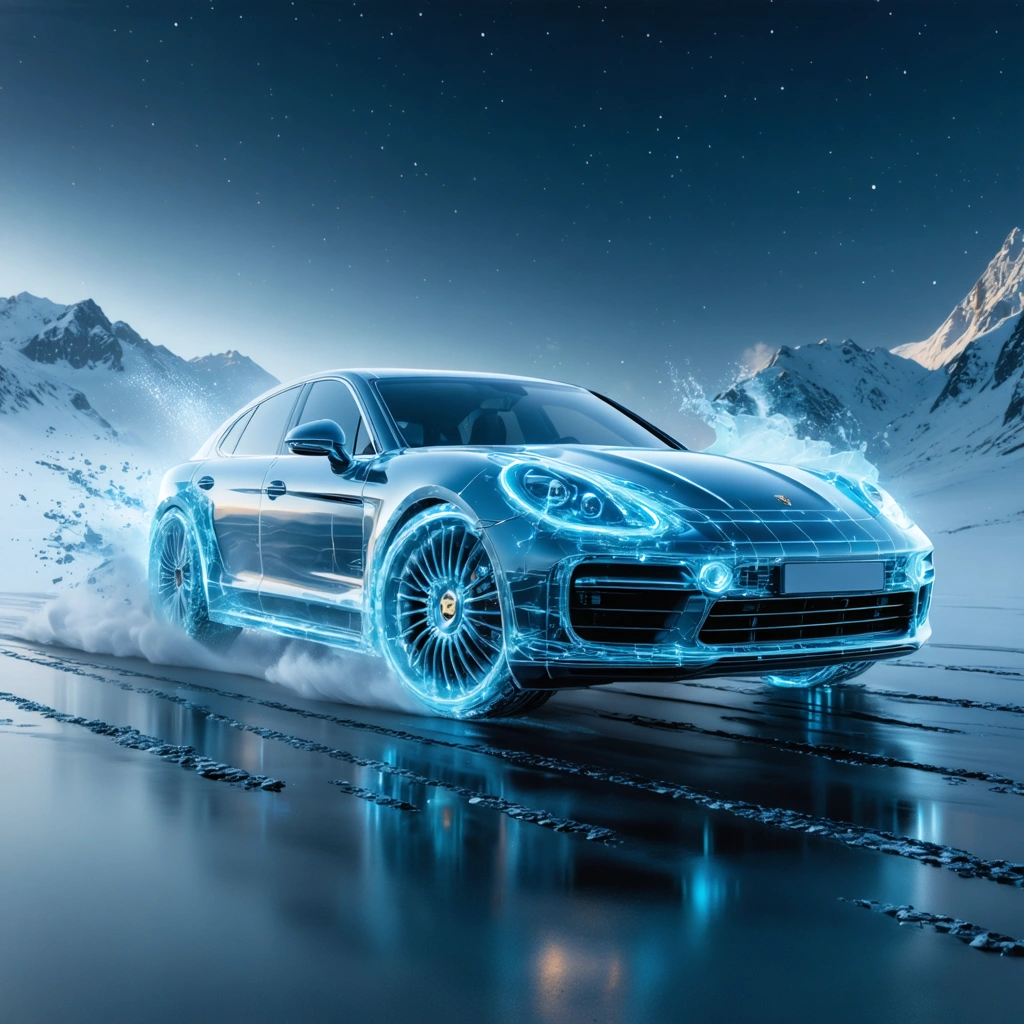
Introduction: The Enduring Appeal of ICE Engines
In today’s rapidly evolving automotive industry, the conversation often centers around electrification and sustainability. However, a prevailing trend in the luxury performance segment demonstrates that internal combustion engines (ICE) continue to hold considerable value. Porsche, a brand synonymous with high-performance engineering and sophisticated design, has recently reaffirmed its commitment to ICE technology in its flagship models – the Panamera and Cayenne. With plans to offer gasoline engines in the Panamera for a long time and the Cayenne maintaining ICE options well into the 2030s, Porsche underscores the reliability, heritage, and dynamic performance of traditional engines even as the automotive market evolves.
Porsche’s Business Strategy Behind ICE Persistence
Embracing Market Diversity
Porsche recognizes that the luxury market is multifaceted. On one hand, there is a growing demand for sustainable, battery-powered vehicles; on the other, there remains a significant clientele that values the distinct driving experience delivered by a finely tuned gasoline engine. The decision to maintain and further develop ICE-powered models is a strategic move to cater to both ends of the spectrum. This approach enables Porsche to:
- Offer a diverse range of performance models.
- Leverage decades of engineering expertise and heritage in ICE technology.
- Ensure that their vehicles deliver the compelling performance and engaging driving dynamics expected by enthusiasts worldwide.
Balancing Technological Progress and Customer Expectation
The ongoing commitment to ICE technology is not merely a nod to tradition, but a carefully calculated strategy. Porsche’s ICE models, particularly the Panamera and Cayenne, have been recognized for their superior torque, refined power delivery, and dynamic responsiveness. These attributes are critical to the driver experience and continue to resonate strongly with a distinct market segment. Porsche’s engineers are focused on:
- Enhancing engine efficiency while preserving performance.
- Implementing state-of-the-art emissions controls without sacrificing the driving experience.
- Integrating modern technologies such as advanced turbocharging and direct injection systems.
This balanced approach positions Porsche as a brand that is both forward-thinking and deeply rooted in its celebrated past.
Technical Refinements and Future Prospects
Innovations in ICE Technology
The advancements in ICE technology over recent years have been nothing short of remarkable. By incorporating techniques that boost performance and minimize environmental impact, Porsche continues to push the boundaries of what gasoline engines can achieve. Key innovations include:
- Enhanced Turbocharging: This technology ensures that engines deliver consistent high performance even at lower fuel consumption levels.
- Direct Fuel Injection: A method that optimizes fuel combustion, thereby increasing power output and reducing emissions.
- Advanced Materials: The utilization of lighter, high-strength materials contributes to overall vehicle efficiency and performance.
These enhancements not only ensure that the Panamera and Cayenne remain competitive but also improve the models’ overall reliability and performance, keeping the legacy of ICE technology alive.
Economic and Environmental Considerations
From an economic perspective, the continued development of ICE vehicles enables Porsche to maintain diverse revenue streams. Not only do these models serve loyal high-performance customers, but they also complement the brand’s portfolio in markets where charging infrastructure for electric vehicles remains underdeveloped. Moreover, by adopting advanced emissions technologies, Porsche is also addressing environmental regulatory requirements. Important measures include:
| Initiative | Benefit | Impact on ICE Model |
|---|---|---|
| Enhanced Emission Controls | Reduced pollutant output | Ensures compliance with global standards |
| Fuel Efficiency Improvements | Lower fuel consumption | Economic benefits for consumers |
| Technological Integration | More predictable performance | Increases the longevity and relevance of ICE models |
Outlook: The Future of Porsche ICE Models
Strategic Business Continuity
Looking into the future, the continuation of ICE offerings in Porsche’s Panamera and Cayenne models is a testament to the brand’s robust business strategy. This strategy is built on the foundation of quality engineering and a deep understanding of market dynamics. By planning to offer ICE powertrains in these models well into the 2030s, Porsche is ensuring:
- Sustained appeal for traditional performance enthusiasts.
- Long-term customer satisfaction across diverse driving preferences.
- A balanced product lineup that leverages both ICE and electric powertrains.
Adapting to a Changing Landscape
Even as environmental concerns and regulations shape the future of transportation, the Porsche brand is adept at evolving without abandoning its roots. The integration of ICE technology with improvements in efficiency and reduced emissions illustrates that traditional engines can continue to thrive by adapting to modern technological demands. Furthermore, Porsche is exploring smart integrations such as:
- Hybrid power systems that synergize ICE with electric components.
- Innovative fuel systems that optimize energy output under various conditions.
- Advanced digital interfaces that monitor engine performance in real-time.
These advancements not only secure the future relevance of ICE models but also provide a competitive edge in a market that is transitioning to more diversified propulsion systems.
Conclusion: A Legacy Preserved and Reinvented
Porsche’s decision to extend the life of ICE-powered models like the Panamera and Cayenne speaks volumes about both their confidence in existing technology and their ability to innovate. The legacy of the internal combustion engine is preserved through continuous improvement and foresight, ensuring that the driving experience remains as thrilling as ever. As the automotive industry progresses, Porsche elegantly balances heritage with innovation, thus presenting a future where performance, efficiency, and customer satisfaction coexist harmoniously. This long-term vision, backed by rigorous engineering and strategic planning, not only reinforces Porsche’s market leadership but also provides a reliable pathway through the evolving landscape of automotive technologies.






